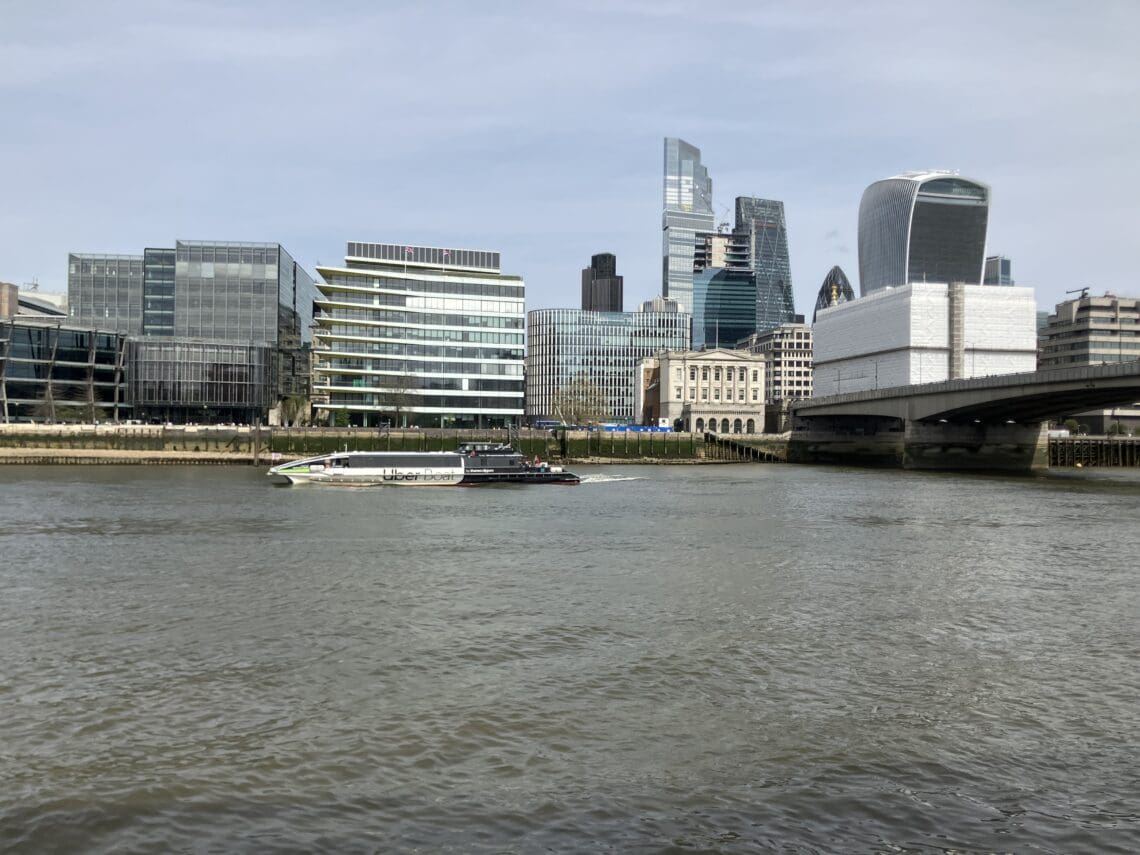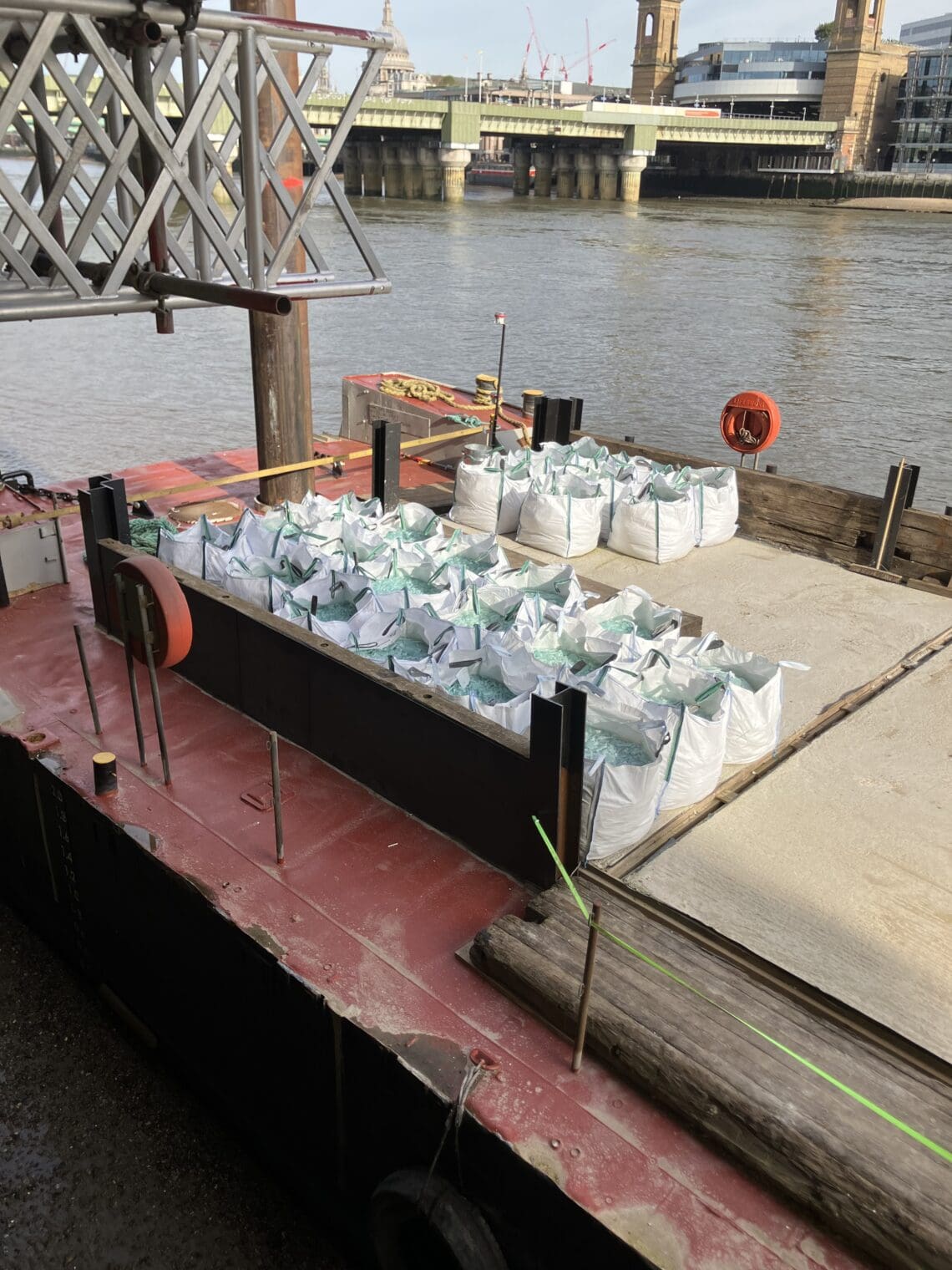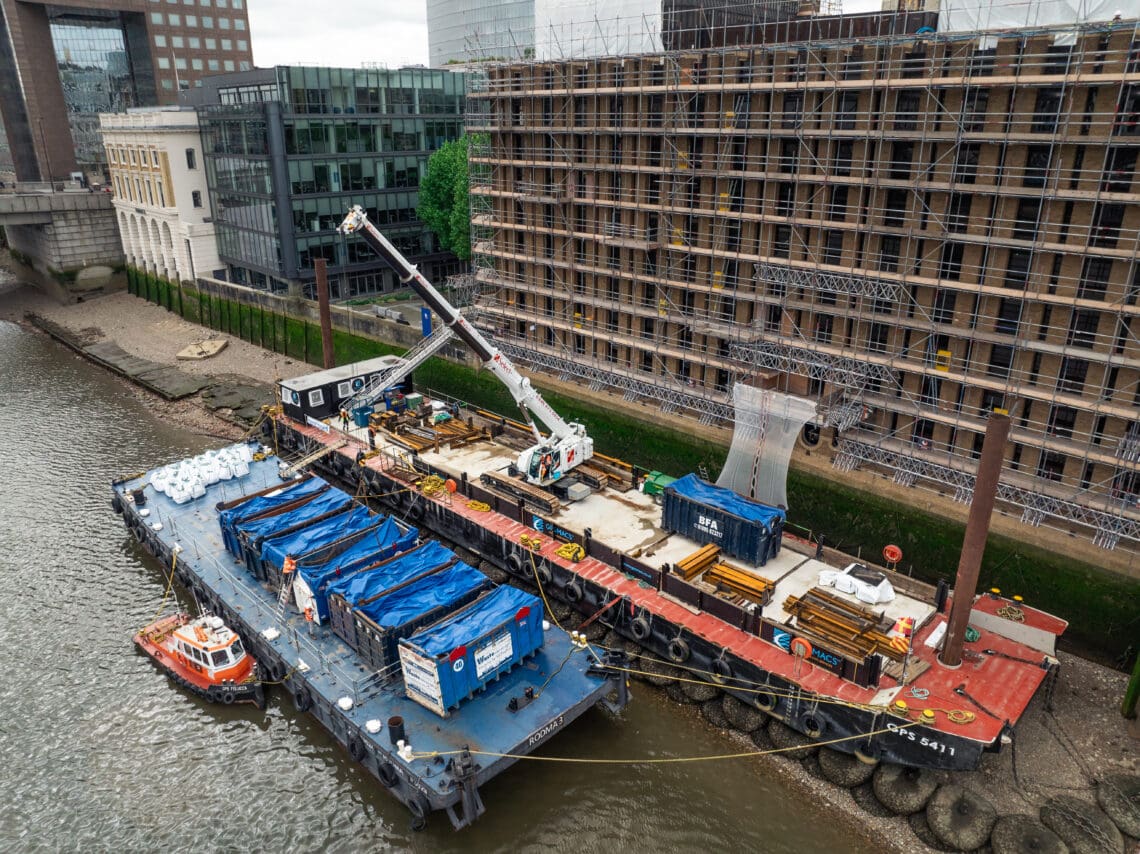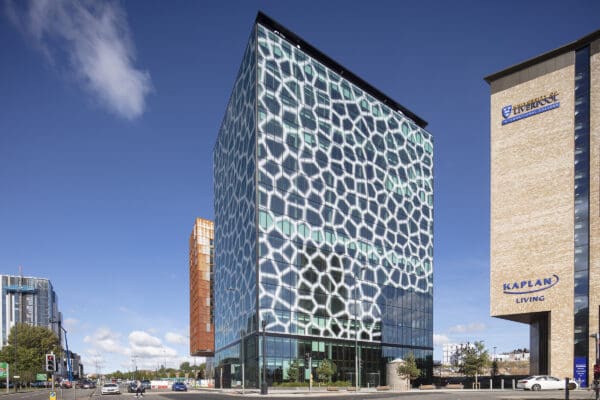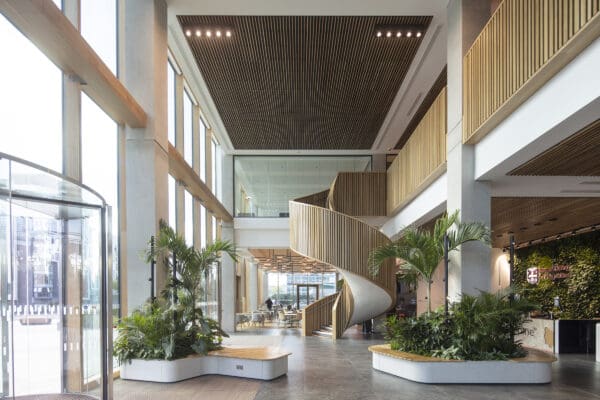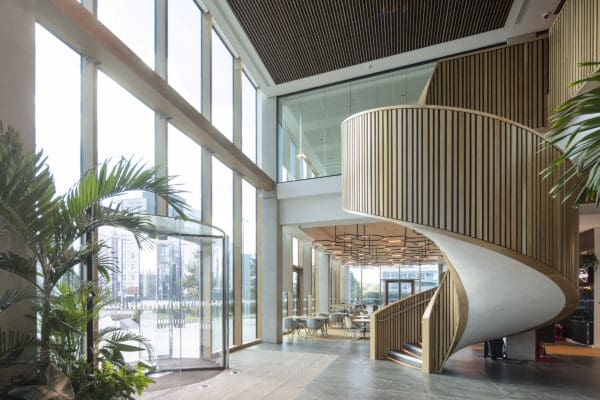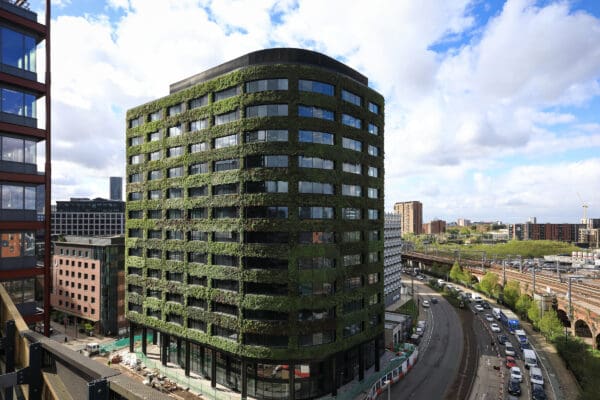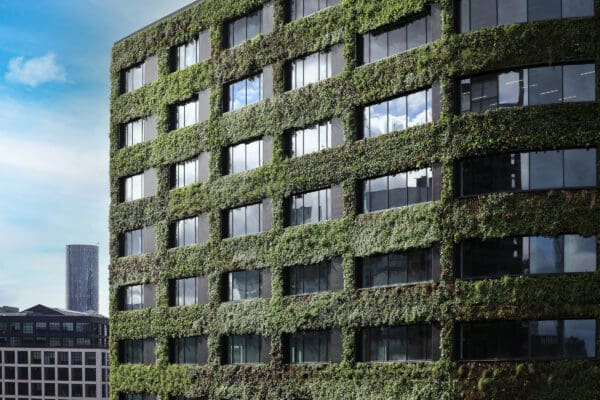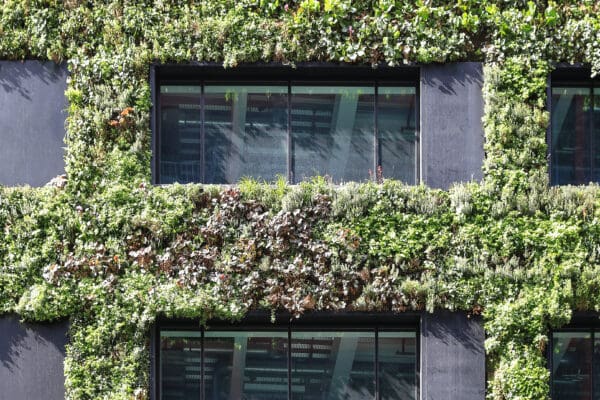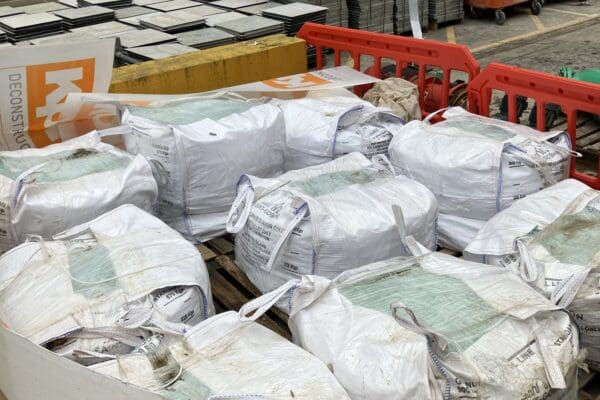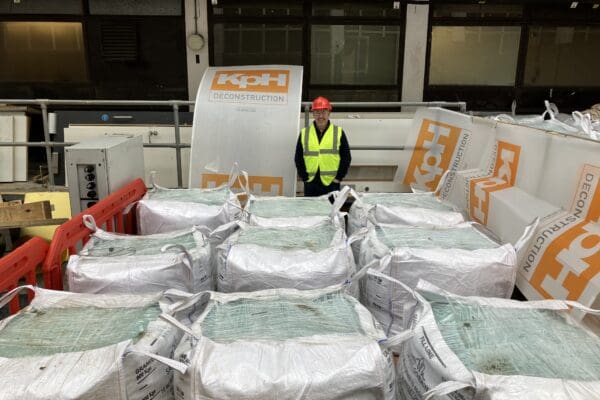Originally built in 1983, Minerva House is an iconic yellow brick building situated on the south bank of the River Thames. Originally built as an office development, GPE undertook the challenge of retrofitting the property for modern use.
Dan Pitkin, Project Manager, GPE “Minerva House is our latest best-in-class, riverside office development. To reduce the embodied carbon impact, our retrofit strategy aims to maintain as much of the existing structure and façade as possible. The Morrisroe team have risen to the challenge of reusing as many of the deconstructed materials as possible, including recovering glass for the Glass Forever programme and transporting it from the site utilising our river logistics strategy. This demonstrates the Minerva project team’s commitment to finding an innovative solutions-based approach.”
Morrisroe, a leading specialist in demolition and enabling works in the UK, has positioned itself as a pioneer in sustainable practices, particularly in structured steel reuse during deconstruction in urban environments. With a commitment to sustainability, when working on Minvera House, they sought a proactive glass partner to integrate a successful glass recovery model, contributing to better re-manufacturing practices and fostering a positive impact on the circular economy.
It started with a conversation…
In an initial meeting with David Entwistle, Director of Major Projects at Saint-Gobain Glass, Morrisroe aimed to understand the logistics and facilitation of large-scale glass recycling on their sites. Collaborating with David and later Richard Calcutt, Technical Project Manager at Saint-Gobain Glass, Morrisroe successfully implemented a viable recovery solution. This solution prevented contamination while ensuring effective site cost and labour management.
Paul Moody, Operations Director at Morrisroe, highlighted the significance of their joint project, stating, “Minerva House was chosen as the first collaboration because it provided the right amount of glass and challenges around recovery. Situated along the River Thames, the site presented logistical challenges, offering an opportunity for both teams to experiment, develop, and implement learnings that can be extrapolated and replicated in future joint projects with confidence.”
…and became the future
Glass Forever is our circular economy approach to sustainability and Morrisroe is fully committed to its ethos and practices. Developing the glass recovery model as part of their delivery timeline, they engaged stakeholders at every level to ensure a comprehensive contribution to a circular economy wherever possible, in the project.
Richard Calcutt, Technical Project Manager at Saint-Gobain Glass, praised Morrisroe’s commitment, stating, “Morrisroe has a fully engaged approach to Glass Forever. They are genuinely committed to the programme for the long-term sustainability benefits it provides. We’ve implemented innovative solutions to the recovery of glass on this project, and the logical and methodical approach employed by the team makes them a joy to work with.”
Leading the Change in Sustainable Project Delivery
With sustainability taking centre stage in project delivery, Lawrence Tate Assistant Project Manager acknowledged, “We’ve always approached our projects with a sustainability-first perspective, making it second nature to our teams. Working closely with Saint-Gobain Glass, we have successfully applied proactive solutions to the challenges we’ve faced at Minerva House. I look forward to seeing what more we can do together on future projects.”

